Trump’s foreign policy in year 2; from tariff war to sending letters to Iran
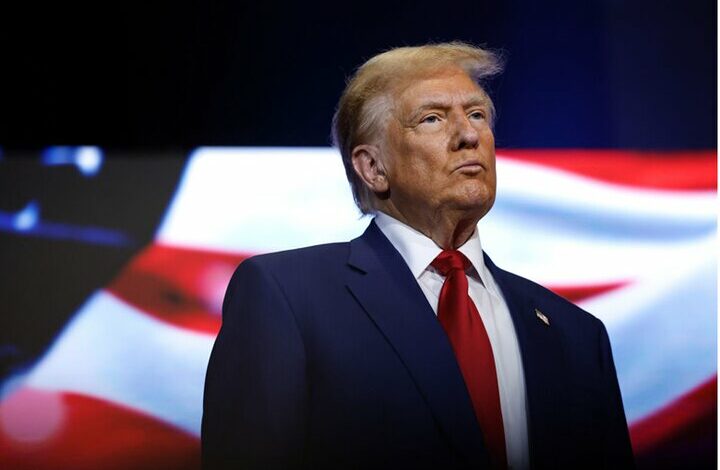
Mehr News Agency , International Group: Donald Trump’s second government began after the inauguration ceremony on February 1 (January 6) with a storm of changes in Washington and US relations with the world; From tariffs against Canada as a long -standing ally even more than tariffs against China to the US occupation of Gaza and threatening Greenland’s accession and contact with Russian President Vladimir Putin to end the war in Ukraine.
US foreign policy rotation on “tariff”
Unlike Trump’s first presidency, which focused more on political-economic pressure and boycott, Trump has put the issue of tariffs in foreign programs in his second government.
Trump considers the purpose of tariffs on imported goods from various countries to restore production to the United States and see it an important step towards realizing the slogan “restoring greatness to America”.
With the same attitude, the US President issued a 5 % tariff on Canadian and Mexican goods and a 5 % on Chinese goods, saying that Beijing should prevent Fentanyl from entering the United States. Five days later, he imposed a widespread 5 % tariff on all steel and aluminum imported to the United States, five days later; A measure that is a threat to raising prices in a wide range of consumer and industrial goods for Americans.
This tariff war was accompanied by the interactions of different actors in the world as expected. China quickly increased imported tariffs by 5 % to 5 % in a range of US agricultural and food products, while simultaneously imposing US companies under export and investment restrictions.
EU long-held US aide to Trump’s tariff warfare with new tariffs on US $ 5 billion from US imports in steel, textiles, home appliances and agricultural products- including chicken, beef, seafood,
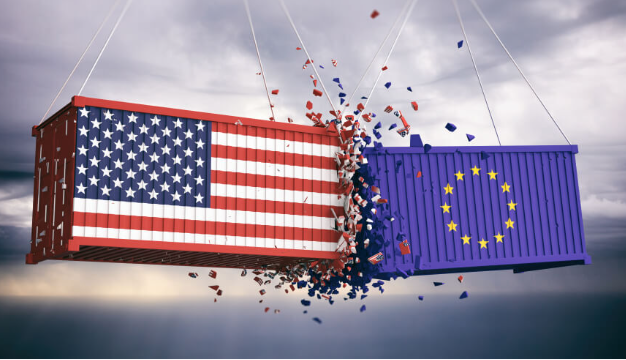
This tension continued until Trump threatened in response to the EU’s retaliatory action against his steel and aluminum tariffs, huge (2 %) tariffs on European alcoholic beverages; Intensifying a trade war that can easily be taken out of control by observers.
Before China and the European Union, the northern and southern US neighbors were targeted by Trump’s tariff warfare. The US president on his social network called Truth Social said that customs duties of steel and aluminum imports from Canada (with a 5 % increase today) are 5 % and Canada should immediately lift its tariffs on American goods.
“In response to Canada’s 5 % tariff on electricity imported to the United States, I have ordered the Minister of Commerce to impose an additional 5 % tariff against Canada and increase the import tariff on steel and aluminum from Canada,” said Trump.
US President added that in response to the issue of electricity, it will soon declare in the national emergency situations that “will allow the United States to take steps to resolve this threat from Canada.”
He said that Canada should cancel 2 to 5 percent tariffs on various US dairy products, threatening to increase its customs (retaliation) tariffs (April 1/ April 1). Gave.
Canada is the largest supplier of US steel and aluminum, and according to reports, $ 5 billion in tariffs against the United States is likely to be on the way. A Canadian official who asked not to be named, announcing that his country will respond to Trump’s steel and aluminum tariffs, will impose $ 1.2 billion retaliatory tariffs against the country.
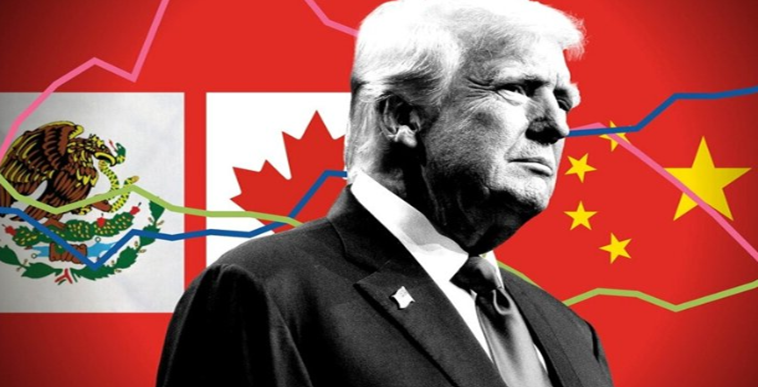
Some analysts believe that despite Trump’s insistence on tariffs, it is ultimately the financial markets that form economic orientations and may inevitably retreat from tariff policies.
CNN, saying that markets act as “final referee” and that economic policies should be adjusted to market reactions, adding that Trump’s tolerance to market turmoil is not infinite and the stock market reaction may ultimately force him to revise his policies.
The US media pointed to some of the previous retreats for a 2 % tariff on all imported goods from China or a 2 % tariff on Canada and Mexico, and wrote that “Trump may eventually have to retreat.” It should be noted that the Trump administration announced March in March at the beginning of the tariff imposition, the one -month postponement of 2 % tariffs on the automotive industry in Mexico and Canada.
Trump’s controversial approach to Gaza and Ukraine
Trump on the third day of February, just two days after the inauguration, reiterated claims and confiscated the Gaza ceasefire agreement in its advantage, and in relation to the Ukrainian crisis, without mentioning the President’s “Joe Biden”, he would not have been President Joe Biden.
Regarding Trump’s approach to Gaza, he should say that he was going to go the same way that Biden had previously traveled. On February 5, the US Treasury Department has officially lifted sanctions against the settlers and illegal groups of Zionist regime, including the Amana settlement movement accused of violence against the Palestinians in the occupied western coast, in the wake of the rise of settlers’ attacks.
Trump continued to support the Zionist regime, February 6 (February 6), the executive order of imposing sanctions against the “International Criminal Court” in Hague, the Netherlands, in support of this regime.
The statement obviously claimed: The International Criminal Court without legal entry was issued without Israeli Prime Minister Benjamin Netanyahu and former War Minister Jova Galant.
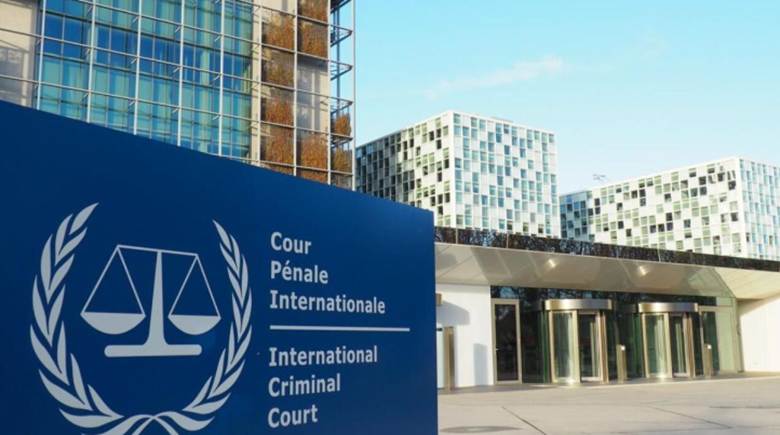
This Trump’s unparalleled support for the Zionist regime’s genocide in Gaza was met with a global reaction. For example, the next day (February 7th), two countries, including Canada, Germany, France, South Africa and Mexico. He takes. Trump’s hostility to the Palestinian people intensified with his fabrication of the forced displacement of the inhabitants of Gaza and their transfer to Egypt and Jordan.
Trump’s support for the Zionist regime against the axis of resistance rose to Yemeni cities during the last days of the year. The fighters and bombers of the two western militant countries targeted the attacks on Saturday, March 23, from areas in the cities of Sanaa and Saada.
has reportedly destroyed Yemen’s residential areas and civilian infrastructure and cut off large parts of these cities. By the end of the year, the media announced the number of martyrs in different cities of Yemen and announced the number of wounded more than 5, most of them women and children.
The US claims that the attacks are in order to counter the Yemeni and Ansarullah attacks on US and Western ships from the Red Sea, but Ansarullah insists that any attacks on ships were in response to US forces attacks and the Yemeni army.
In the Ukrainian crisis case, Trump also promised to solve the crisis for four hours, but by the end of the year, exactly six months after his government, the US president remained unable to resolve this three-year crisis.
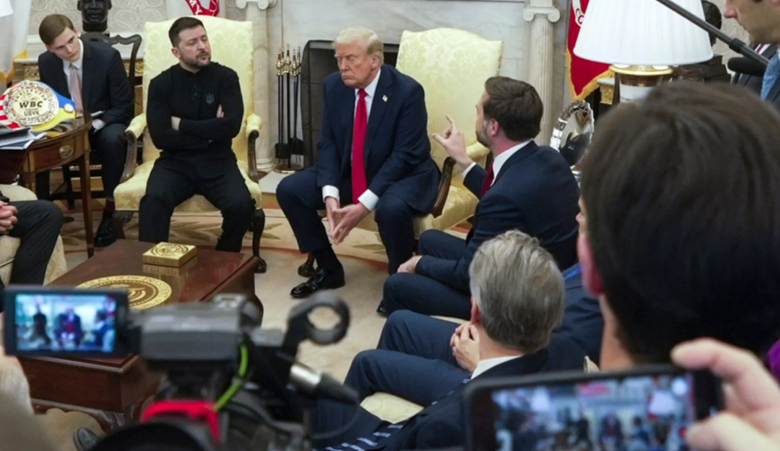
Ukrainian President Walodimir Zelnsky’s controversial visit to Trump and his deputy who was humiliated and expelled from the White House showed that the Ukrainian crisis was not easy to imagine. In particular, European countries supported Kiev and sought to establish the European Defense Fund and the United States.
several phone calls between Trump and Russian President Vladimir Putin, and subsequently, holding a meeting between the two countries’ foreign ministers in Riyadh, where the Ukrainian and European authorities had not invited the West and the West Camp.
But after Zelksky’s visit to Saudi Arabia and talks with Riyadh officials and then meeting with US representatives, a hopes for resolving the crisis came to an end, but Trump’s profit view of the Ukrainian mineral reserves and Mineral Reserves. Knew.
Trump’s dual and contradictory policy towards Iran
Trump, who has repeatedly expressed hope in his second round of presidency to reach an agreement with Iran, signed a note to continue the policy of maximum pressure against the Islamic Republic of Iran. “It is very difficult for Iran,” he said, claiming that he was “hesitant”. “I hope we don’t have to use it a lot.” We have to see if we can reach an agreement with Iran?
Trump also on his social network called Truth Social, saying that his priority is to reach a nuclear deal with Iran, said: “We must start working immediately and when the agreement was signed and finalized.”
Trump speaks of negotiations with Iran during the first few months of his reign, which, on May 5, 2008, despite international opposition and fully committed to Tehran.
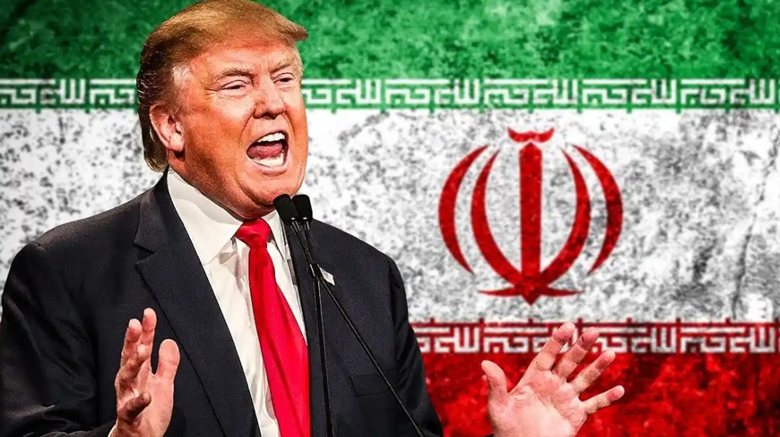
Trump sent a letter to Iran by the UAE’s diplomatic adviser Anwar Qarash. Iranian Foreign Ministry spokesman Ismail Baghaei told reporters on March 5, “What has been published in the media about Trump’s letter to the revolutionary leader is mainly speculation, and the letter is not far from the US President’s public talk.”
Iranian Foreign Ministry spokesman said that the US is “clear” as a political, propaganda and psychological tool, rather than a way to resolve the dispute “, saying that Tehran’s response was” clear “.
The letter was sent as the Islamic Republic of Iran has repeatedly stated that it does not trust the US and its policies. Why Iran’s mistrust of US policies was quickly revealed, and the US Treasury Department announced that new sanctions on energy, shipping and oil had imposed new sanctions in the second round of his presidency following the signing of his anti -Iranian note. The list also includes the name of the Minister of Oil of the Islamic Republic of Iran.
so the concurrent sending of Trump’s letter to Iran by imposing heavy sanctions against Tehran presented an obvious image of the US main strategy; This action not only showed a clear contradiction in Washington’s politics, but once again proved that the real US goal of the negotiation plan was not to understand, but to deceive public opinion and increase pressure.


